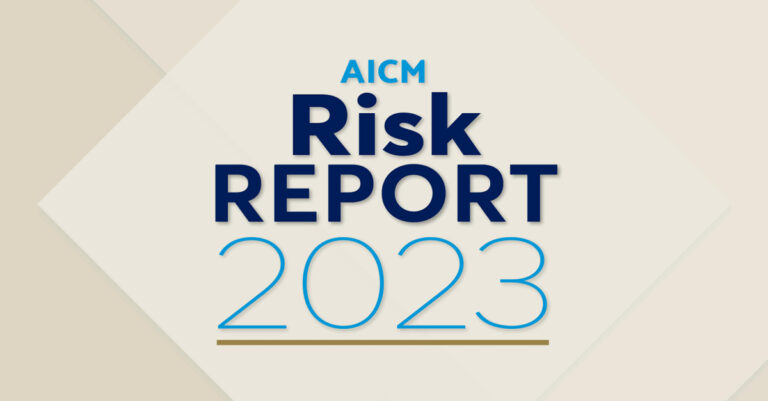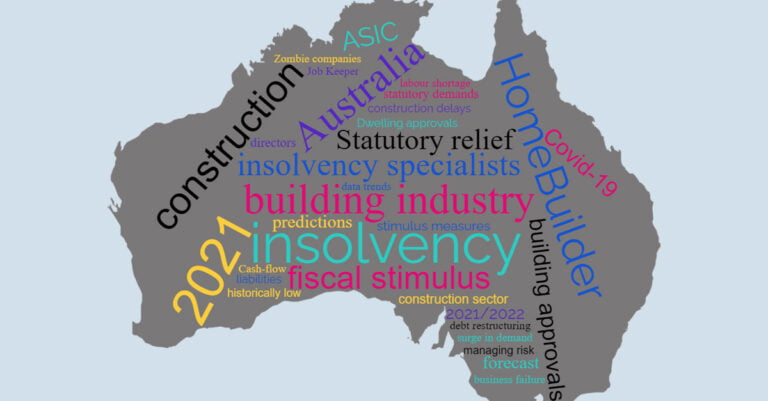
CREDIT INSIGHTS
Should you Sue or Just Cut Your Losses?

Nothing is quite as painful in construction business as realising that your payment claim is going to sit there, unpaid, unless you take action to collect.
Let’s say you’ve tried all of the friendly ways of trying to get paid: you’ve sent letters, made calls, re-sent the payment claim, and delivered any supporting documents that have been asked for.
Yet, no money has hit your account, and every indication is that you’re simply not going to get paid.
You’ll be asking yourself whether you should go to the next step, or whether you should cut your losses and put this one down to a bad experience. It’s a good question, and it’s not that easy to answer.
Here are a few factors to help you decide.
Nothing is quite as painful in a construction business as realizing that your payment claim is going to sit there, unpaid, unless you take action to collect
Don’t Forget Your Contract
First and foremost, what does your contract say you should do next?
Is there a dispute resolution on process that you’re supposed to follow, and does it apply to these circumstances?
Have you done everything required to trigger a payment as due and owing to you, or have there been gaps in your contract administration? Double checking your contract before leaping into the fray is always a good starting point.
Is the Contract Complete?
Often, it’s the final payment claim that’s a problem, but not always. If you have an unpaid claim in the middle of a job, should you keep working on the job in the meantime?
Many contractors will continue to work with the view that doing so will somehow resolve the issues that are stopping the payment, but that is not always the case and sometimes results in a steadily increasing but unpaid debt.
Of course, stopping work or terminating the contract are both serious decisions too that should only be made with legal advice and a good appreciation of the consequences.
Considering the stage of the contract is an important commercial and legal factor in deciding what your next step should be.
Different Options Have Different Risks and Benefits
There are plenty of legal options available to you to collect your money. Each of them has pros and cons both legally and commercially. Adjudication methods are fairly commonplace now, and might offer a ‘quick-ish’ solution but could also result in a series of legal actions that you weren’t expecting. You could also, for example, just continue to write letters and make phone calls every day asking to be paid. This might seem to be a mild form of collection activity at first, but if your client is in financial difficulty could also be used as evidence against you in a liquidation claim to claw back any payments you receive.
You could also commence Court action immediately. This is an aggressive move, but might bring pressure and cost to bear on your client that tips them into payment sooner rather than later. Or it might just annoy them a lot and, if they have deep pockets, put you into a spiral of litigation that may not be good for your overall business.
So, ensure that you are looking at all of the collection options, not just the ones that spring immediately to mind. Consider how the client is going to react, and whether you’re comfortable with the range of ways the matter might pan out.
Is it a Collection, Or a Dispute?
There’s a significant difference between:
- You owe us money and you haven’t paid it; and
- You haven’t paid us because you think our work is defective and we don’t agree with you.
The first is largely a financial concern. Can they pay you, and what are you prepared to do to get paid? The chance of it spiralling massively out of control is more limited, and your biggest usual risk is that they’re going to go into liquidation after you’ve spent a bunch of money.
The second has a far more complicated set of potential outcomes, and everything will be on the table. Contract administration (yours and theirs), site diaries, instructions given and received, sub-contractors engaged, materials used, processes undertaken and retrospective analysis of the work done are all potentially going to come into play as well as much more.
Of course, sometimes disputes are raised as a tactic to try and force a compromise as well, which adds even more complication to the process because it will seem entirely unfair and unreasonable.
But in short: if you have a dispute on your hands, expect a longer and more complicated process with more risks. If you have a collection on your hands, then ask yourself why they haven’t paid if there’s no dispute?
Opportunity Cost
One of the significant costs associated with legal disputes that many people don’t consider is the opportunity cost. Specifically, how much business and profit will it cost you if you, or your key staff, spend dozens of hours providing your legal team with documents and instructions?
Firstly, don’t assume you’ll get that kind of cost back from the other party – you probably won’t.
Secondly, the document heavy nature of construction litigation means that it’s probably going to need far more of your time than you think it will.
And for as long as your staff are helping us with your construction dispute, they are not:
- Administering contracts;
- Collecting other invoices;
- Sourcing work;
- Managing a site; or
- Helping your business in their normal way.
In deciding whether action is worth it, don’t forget the opportunity cost.
Collection Risk
Succeeding in an adjudication or a Court proceeding isn’t actually a win until you get paid the money you’re owed. It might feel good for a minute, but far less so when the other party puts themselves into voluntary administration right after the decision is delivered.
What do you know about your client? What is their asset position? Are they a special purpose vehicle that’s rapidly selling off the assets you helped to build? In short: how much risk is there that you simply won’t get paid?
This is a challenging area, because in many cases you don’t have the visibility on your client that you might need to make a fully informed decision. A combination of market chatter and public information can sometimes offer a little bit of clarity to help your decision making.
It’s All Risks vs Benefits
Much like most business decisions, the choice to litigate a dispute is always a balance of risks versus benefits.
The best way to make the decision is to be as informed as possible, comfortable with the potential upside and the potential downside. Ask the right questions, and zoom out a bit from your outrage at not being paid, to ensure that you’re making the best decision you can.
And with those things in mind, if you decide that it’s worth your time and effort to pursue a legal avenue, or even if you want some help deciding if that’s a good idea, then we’re ready to help you.







